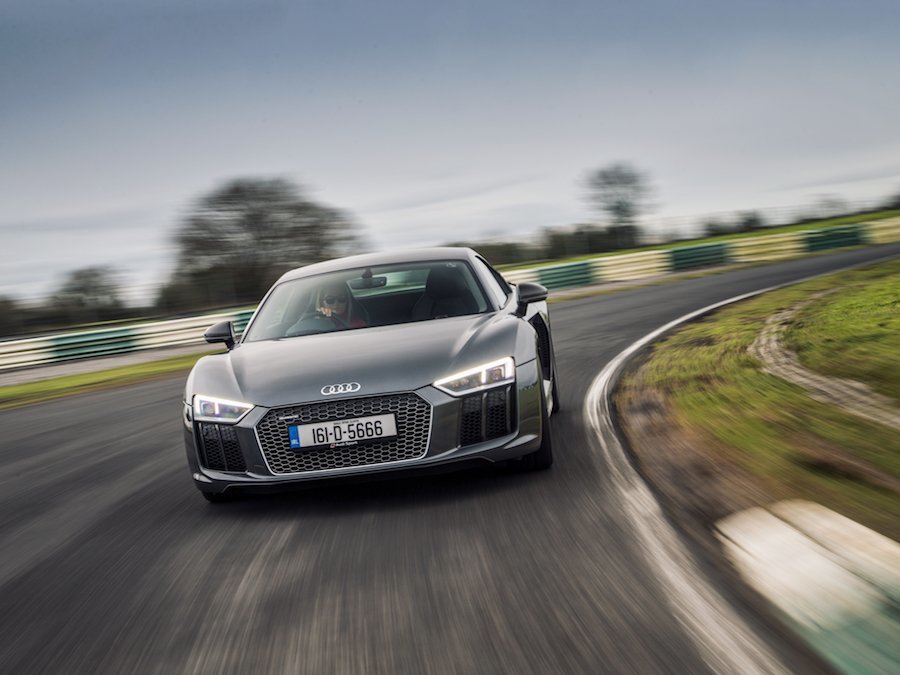Published on April 10, 2016
Audi R8 V10 plus review
The R8 V10 plus is the most powerful production Audi to date, yet it's a pussy cat to drive.

Dave Humphreys
Pics by Richard Pardon
-->
-->




























